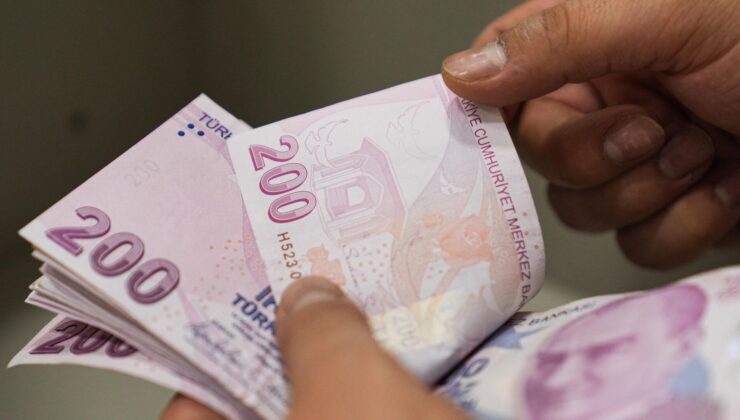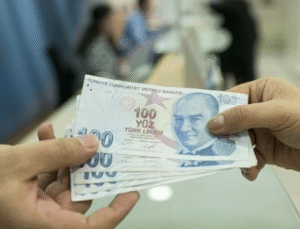Recent Inflation Figures and Their Market Implications
The Turkish Statistical Institute (TÜİK) announced an inflation rate of 1.53% for the month of May. This figure notably undershot market expectations, signaling a potential shift in economic dynamics. The lower-than-anticipated inflation rate has sparked widespread discussion among investors and policymakers about the trajectory of Turkey’s monetary policy.
The Role of the Central Bank’s Repo Auction
Following the announcement, the Central Bank’s 100 billion TL repo auction has become a focal point, raising questions regarding the possibility of an upcoming interest rate cut. Market participants are keenly watching whether this monetary instrument signals a loosening stance or remains a tool for liquidity management.
Bank Deposit Rates and Market Responses
In response to these developments, many banks have quietly adjusted their deposit interest rates, implementing reductions of up to 1 percentage point. Currently, the highest available deposit interest rate in the banking sector stands at 53%, though this rate is limited to select institutions. These adjustments reflect banks’ efforts to align their offerings with evolving monetary conditions.
Key Date: June 19th – A Critical Turning Point
The market’s attention is sharply focused on June 19th, when the Central Bank’s interest rate decision is expected to be announced. This decision is anticipated to influence investor sentiment and depositors’ expectations significantly. According to financial analyst Hikmet Baydar, the recent inflation figures have increased expectations that the Central Bank may implement a rate cut, possibly reducing the policy rate to around 42.5% or even lower.
Projected Impact on Deposit Interest Rates
Baydar emphasizes that a mere reduction in the policy rate might not automatically translate into lower deposit rates. This is primarily because banks’ liquidity requirements are constrained by regulations from the Banka Derivatifleri ve Kredileri Kurulu (BDDK) and the Central Bank of the Republic of Turkey (CBRT). Moreover, withholding tax policies also influence how banks set their deposit interest rates.
Understanding Repo Auctions and Market Signals
Typically, repo auctions serve as a tool for the Central Bank to sterilize excess liquidity in the market. However, the current structure—being based on a predetermined amount with a fixed interest rate—does not yet serve as a definitive signal of an impending interest rate cut. Experts suggest that to effectively influence the market, the CBRT should have conducted purchases at rates below 46%. Moving forward, market participants will closely monitor the average purchase rate during these auctions.
Banking Sector Variability and Liquidity Factors
Each bank operates under different liquidity and funding costs. Some financial institutions have access to advantageous international syndication loans, which create disparities in interest rates offered across the sector. Baydar notes, “Small reductions in deposit interest rates do not necessarily indicate expectations of a broader rate cut.”
Conclusion and Outlook
As Turkey approaches the pivotal June 19th decision date, market sentiment remains cautious yet optimistic. The interplay between inflation data, repo auction outcomes, and regulatory policies will shape the upcoming monetary policy landscape. Stakeholders are advised to stay attentive to official communications and market signals in the coming days.
This article has been generated, translated, and reviewed with the support of artificial intelligence, complemented by expert editing. For further details, please refer to our Terms and Conditions. Vezir Agency
 02:00
02:00




 News
News
 Ekonomi
Ekonomi
 Ekonomi
Ekonomi
 Ekonomi
Ekonomi
 Ekonomi
Ekonomi
 Ekonomi
Ekonomi

